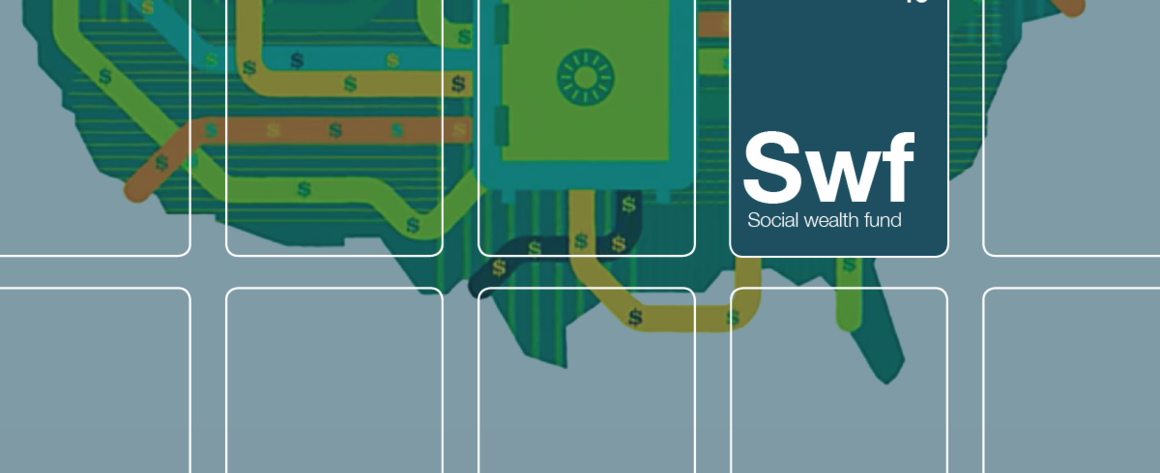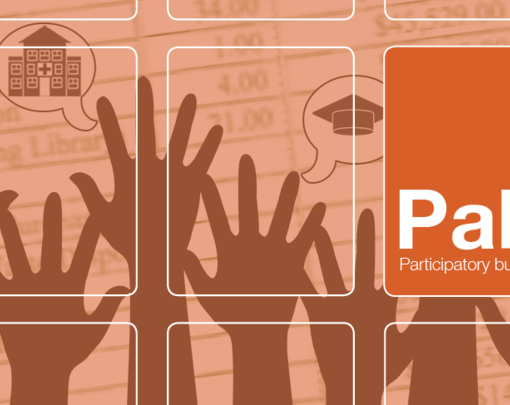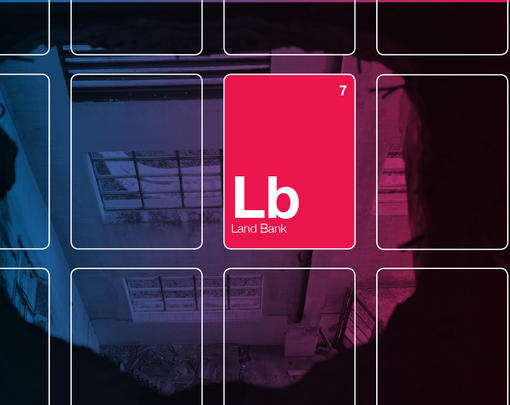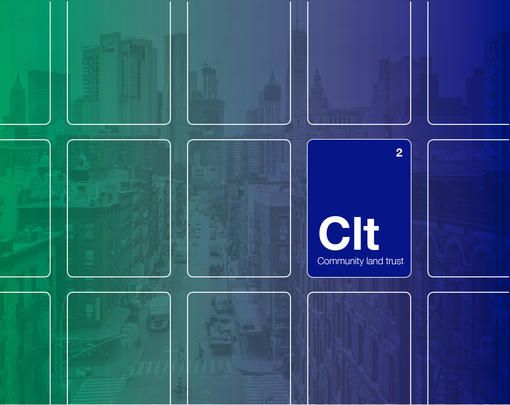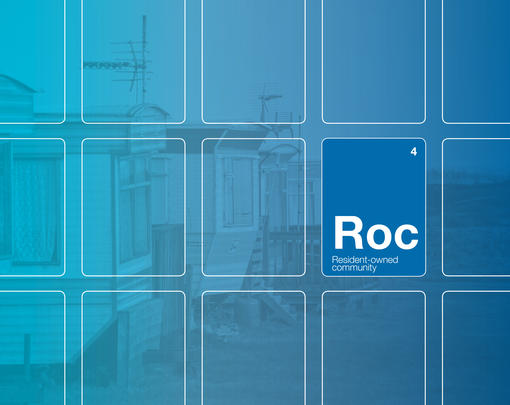Description
A social wealth fund is a publicly owned pool of money and other assets, such as stocks or land, that can be used for socially beneficial purposes.
The key ideas undergirding a social wealth fund are that 1) ownership of economic assets should be distributed more equitably throughout society; 2) the public, collectively, has the right to share in the benefits of owning such assets; and 3) certain goods and services in society should be provided without cost or without concern for people’s ability to pay (and that we should cover the cost of delivering those services without resorting to high rates of taxation on ordinary working families). Most traditional sovereign wealth funds, while similar, have been capitalized through proceeds from fossil fuel or mineral extraction. Social wealth funds can use myriad funding alternatives, such as share levies on large profitable corporations, wealth and inheritance taxes on the superwealthy, revenues from leasing public assets (such as the electromagnetic spectrum), carbon or financial transaction taxes, or simply through new money creation (as the Federal Reserve did with quantitative easing in the wake of the 2008 financial crisis).
Potential Impact
Fundamentally, a social wealth fund embraces the collective ownership of assets to provide services and democratically distribute resources within a society or community. These services can include a universal basic income; climate change mitigation projects; equitable community development in underserved communities; local and worker-owned business development; public services such as education, transportation, and healthcare; and the recapitalization of retirement funds and pensions. Social wealth funds create connections across the public and private spheres by asserting social benefits as the dividend of economic and financial success. For example, because the public is invested in Company X, the dividends of that company’s success could go toward preserving historic buildings and making them more energy efficient and sustainable. Moreover, a social wealth fund can create levers for democratic intervention and control, depending on how it uses and governs its equity investments.
Transformative Characteristics
Depending on its capitalization and dividend distribution, a social wealth fund could serve as a vital tool in creating a more democratic economy that reduces poverty and economic inequality, builds community wealth, and increases public and worker ownership. First, it can capture wealth from extractive activities like fossil fuel exploitation or through Pigouvian taxes on such activities as gambling and cannabis use. After capitalization, the fund can magnify its impact based on how it invests in such areas as local businesses or utility companies. Crucially, a democratic governance structure would be required to guarantee that investments align with values set by the public. The same is true of dividends, which could be distributed through participatory budgeting processes that identify important public priorities and deepen democracy, or through cash transfers to all eligible residents, as the Alaska Permanent Fund does, in effect providing a minimal universal basic income.
Examples
Alaska Permanent Fund
Sixty-six percent of Alaska’s voters approved a constitutional amendment in 1976 creating this fund. At least 25 percent of revenues from oil reserves are placed in the fund, and the fund received its first deposit of $734,000 in February 1977. Residents received their first dividend checks ($1,000) in 1982. Since then, dividend payments have tended to average around $1,000 per year, but have been as high as twice that. By the end of 2018, the fund managed over $60.4 billion in assets with a nearly 9 percent rate of return over the previous five years. A 2017 Economic Security Project study found the program is immensely popular: 79 percent reported that the dividend is an important source of income in their community and 72 percent reported that they spend their dividend primarily on basic needs and savings.
Norway Government Pension Fund Global
Notwithstanding the name, this fund has no connection to the country’s pensions. It was originally founded in 1990 using the country’s petroleum revenues in order to create resilience in the face of potential shifts in oil prices or other economic instability. With over $1 trillion in assets, the scale and reach of the fund is massive, with investments in most markets, countries, and currencies, giving the fund the capacity to have an international impact. Despite its roots, the fund announced its intention to phase out most of its fossil fuel investments in 2019. The fund holds around 1.3 percent of global stocks, and its decision will result in the selloff of assets from 134 companies around the world. In 2004 the Fund established an ethical council that limits investments in armaments, tobacco, and other products.
Challenges
In order to avoid the pitfalls of traditional sovereign wealth funds (which are often unaccountable and opaque in their operations), social wealth funds must prioritize democratic and participatory management, empowering the voices of an array of stakeholders. Also, many existing sovereign wealth funds are dependent on fossil fuels and the ecological harm they cause, thus powerfully binding communities to their continued extraction and use. Other investments risk tying communities to short-term, consumptive growth and profit maximization.
More Resources
- Matt Bruenig, “Social Wealth Fund for America,” People’s Policy Project. https://www.peoplespolicyproject.org/projects/social-wealth-fund/
- Angela Cummine, “Citizens’ Wealth: Why (and How) Sovereign Funds Should be Managed by the People for the People.” https://yalebooks.yale.edu/book/9780300218947/citizens-wealth
- Peter Barnes, “Who Shall Inherit the Sky?” Yes! Magazine. https://www.yesmagazine.org/issues/economics-as-if-life-matters/772
Download and Share

